Tomb of Rome's mythical founder Romulus unearthed
Does the discovery bolster the legend of Romulus and his twin brother?
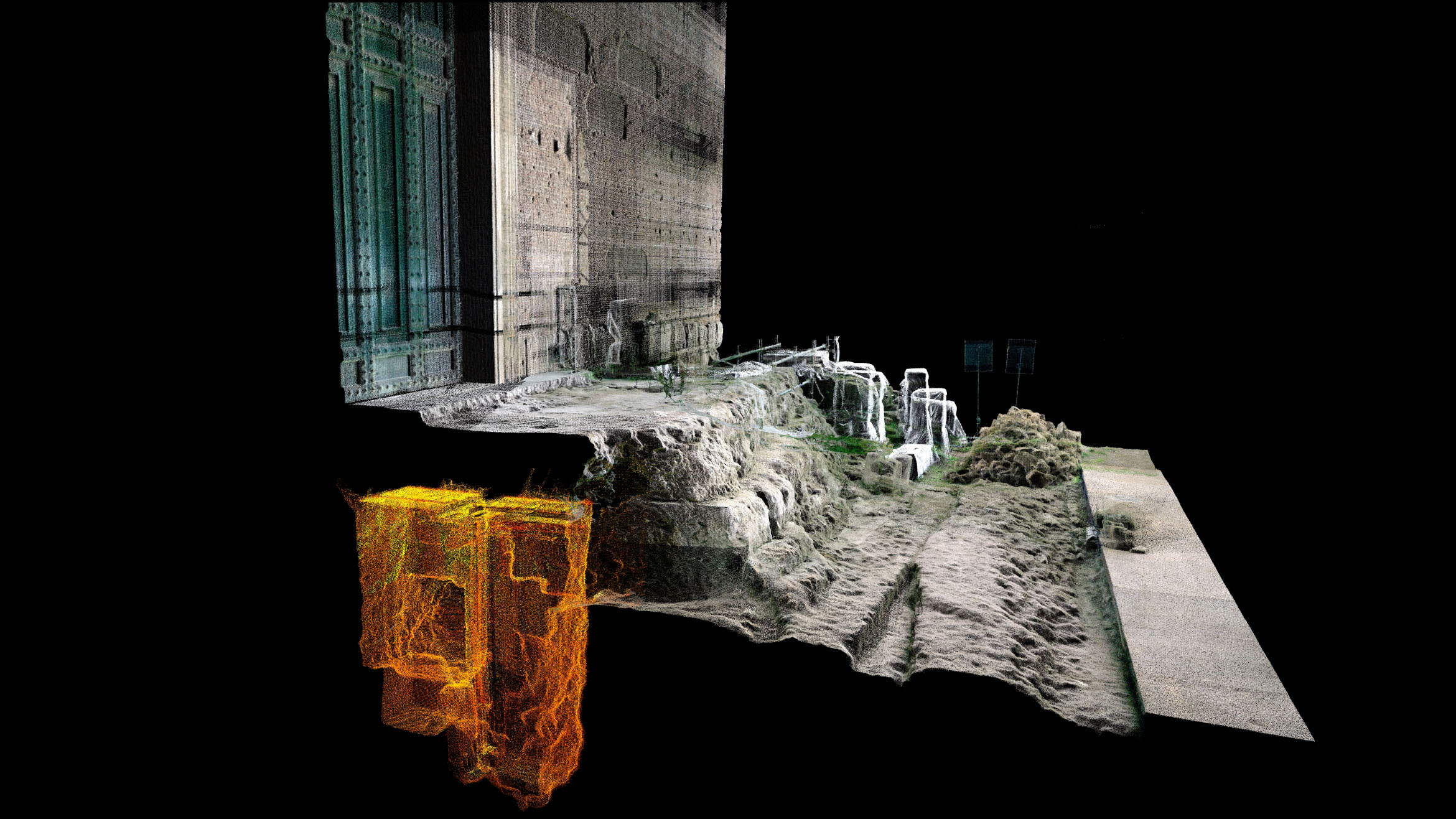
A tomb that was buried thousands of years ago and revered by ancient Romans as the resting place of their city's mythical founder Romulus has now been rediscovered beneath the Forum in Rome.
The underground tomb and the temple built around it are thought to date from the sixth century B.C., according to archaeologists.
Ancient Romans believed the tomb held the remains of their city's founder, but the stone sarcophagus that archaeologists just found inside the tomb is empty.
The underground temple — called a "hypogeum" in Greek — contains a votive altar that was dedicated to Romulus, said Alfonsina Russo, the director of the Parco Archeologico del Colosseo, which oversees the city's ancient ruins.
Related: In Photos: A Journey Through Early Christian Rome
The entrance to the tomb is hidden in the northwest of the Forum, underneath the building of the "Curia Julia," or Senate House, Russo told a news conference in Rome today (Feb. 21). The tomb itself would once have been beneath the "Comitium" — the central meeting place of the ancient city where votes by public assemblies were conducted, she said.
The tomb is also near the "Lapis Niger" — meaning "Black Stone" in Latin — an ancient shrine paved in black marble and thought to cause bad luck, with a stone block marking the spot where Romulus was said to have been murdered by jealous members of the Senate.
Get the world’s most fascinating discoveries delivered straight to your inbox.
The temple was therefore "located in a highly symbolic place for the political life of Rome," Russo said.
The empty 4.5-foot-long (1.4 meters) sarcophagus in the tomb was made of a light volcanic stone, called tuff, quarried from the Capitoline Hill beside the Forum, she said.
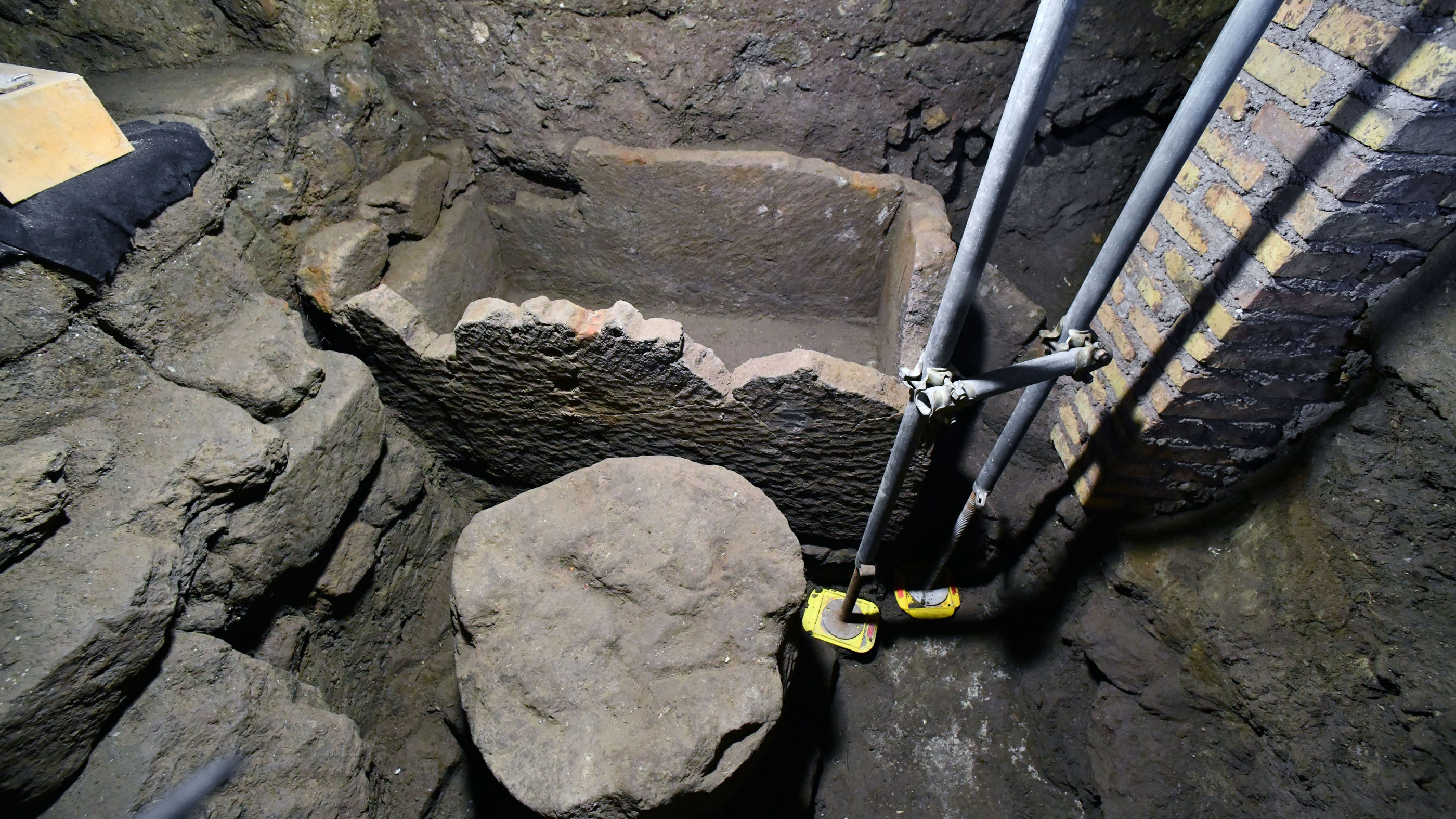
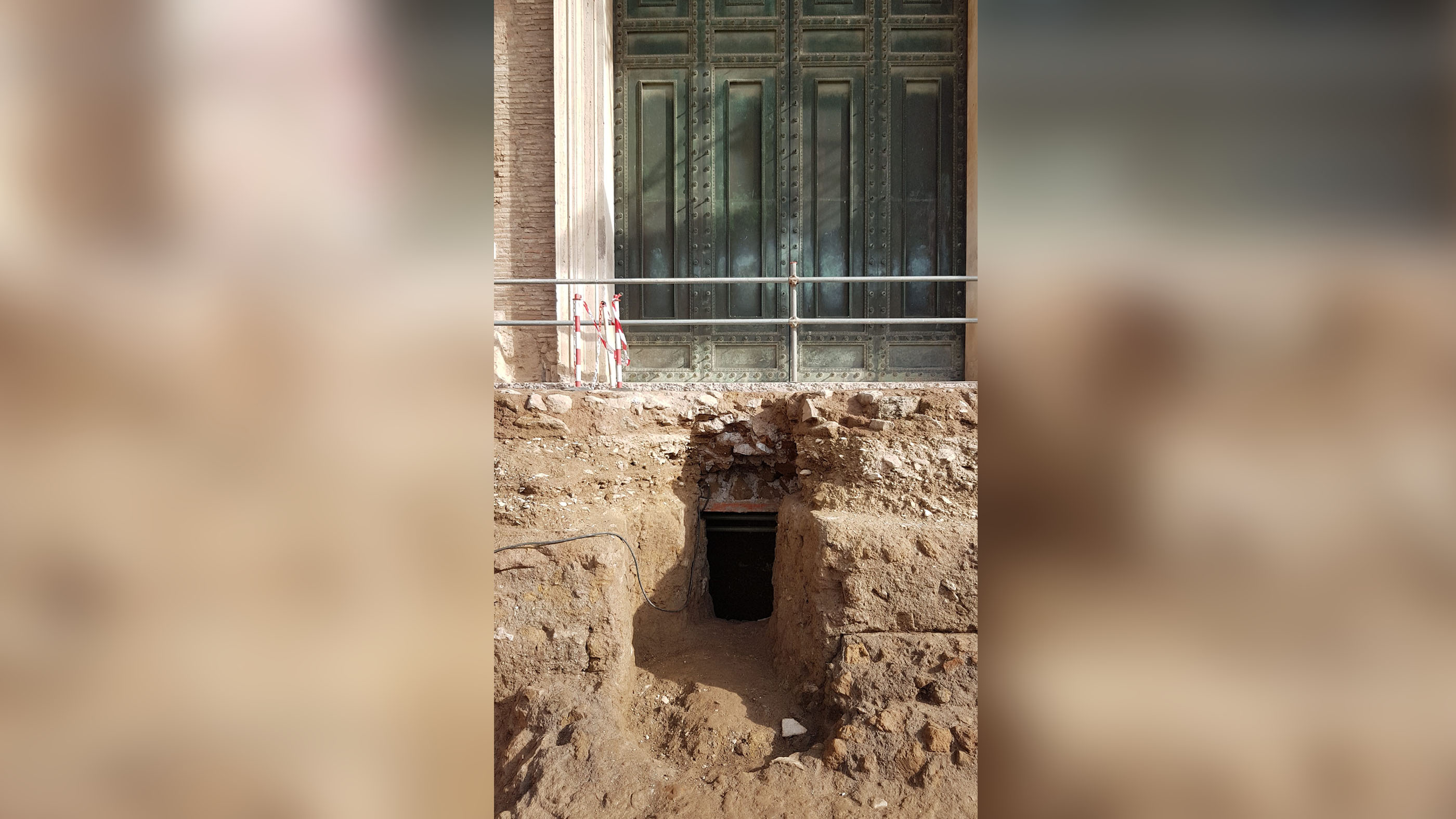
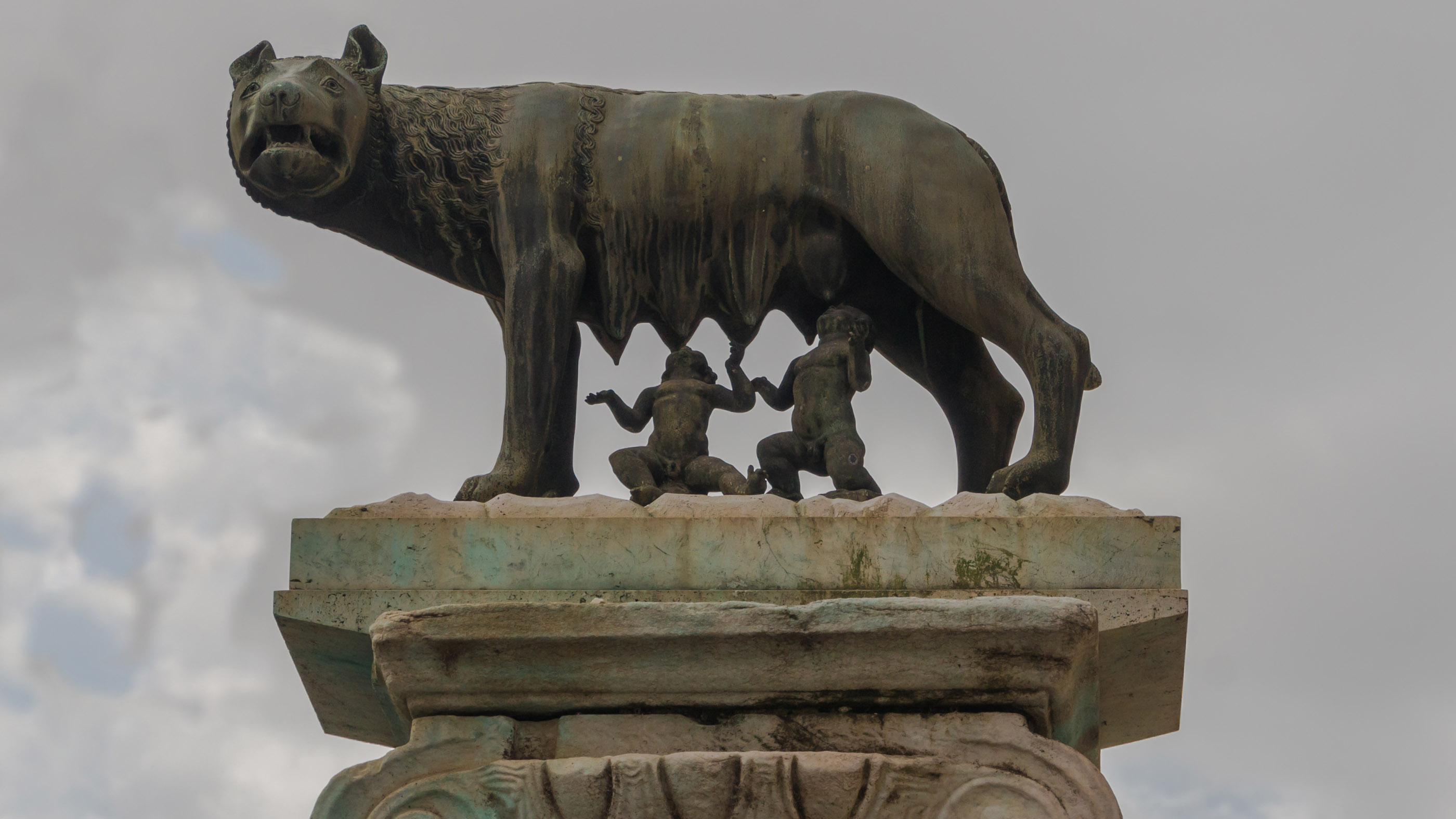
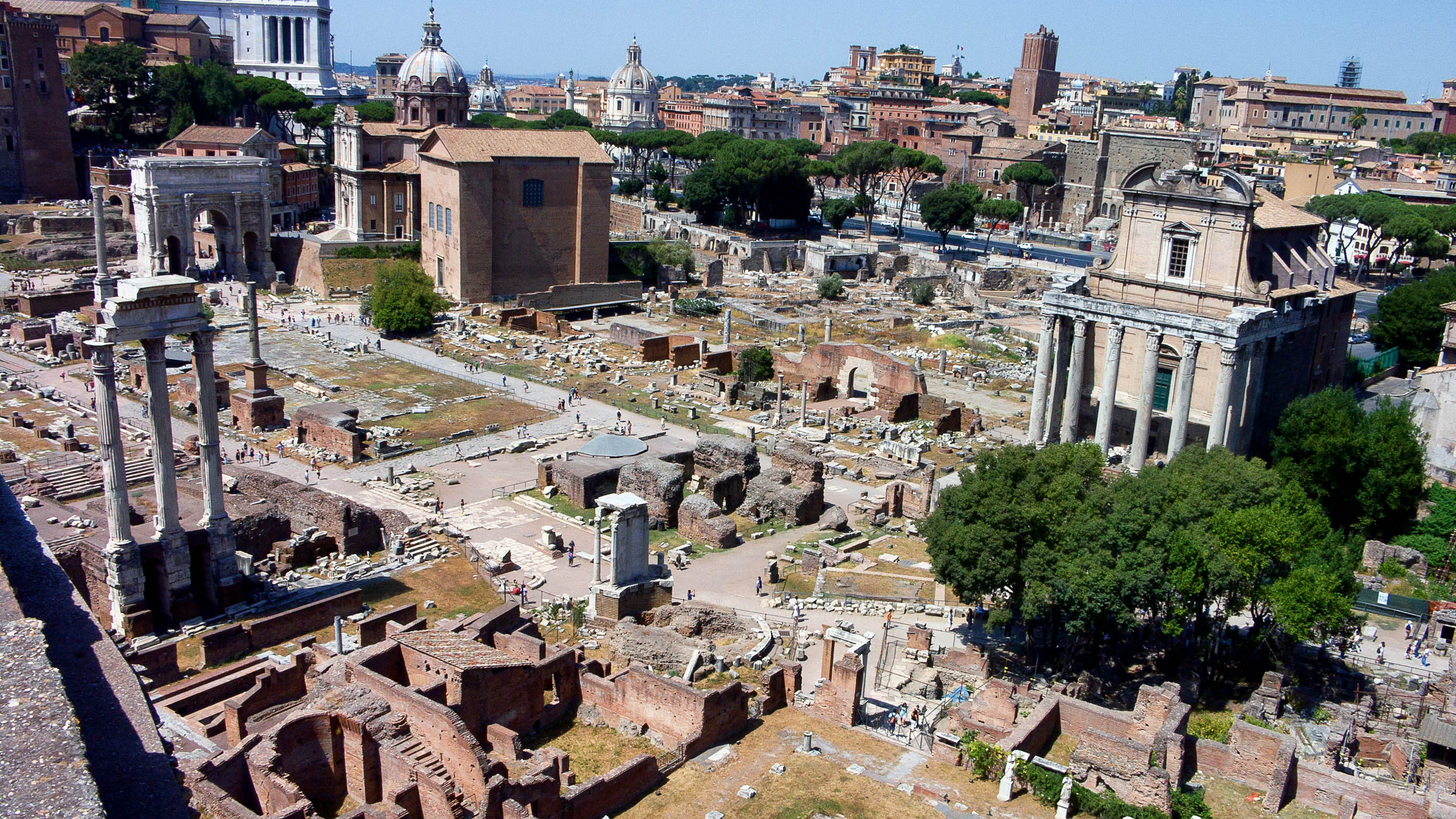

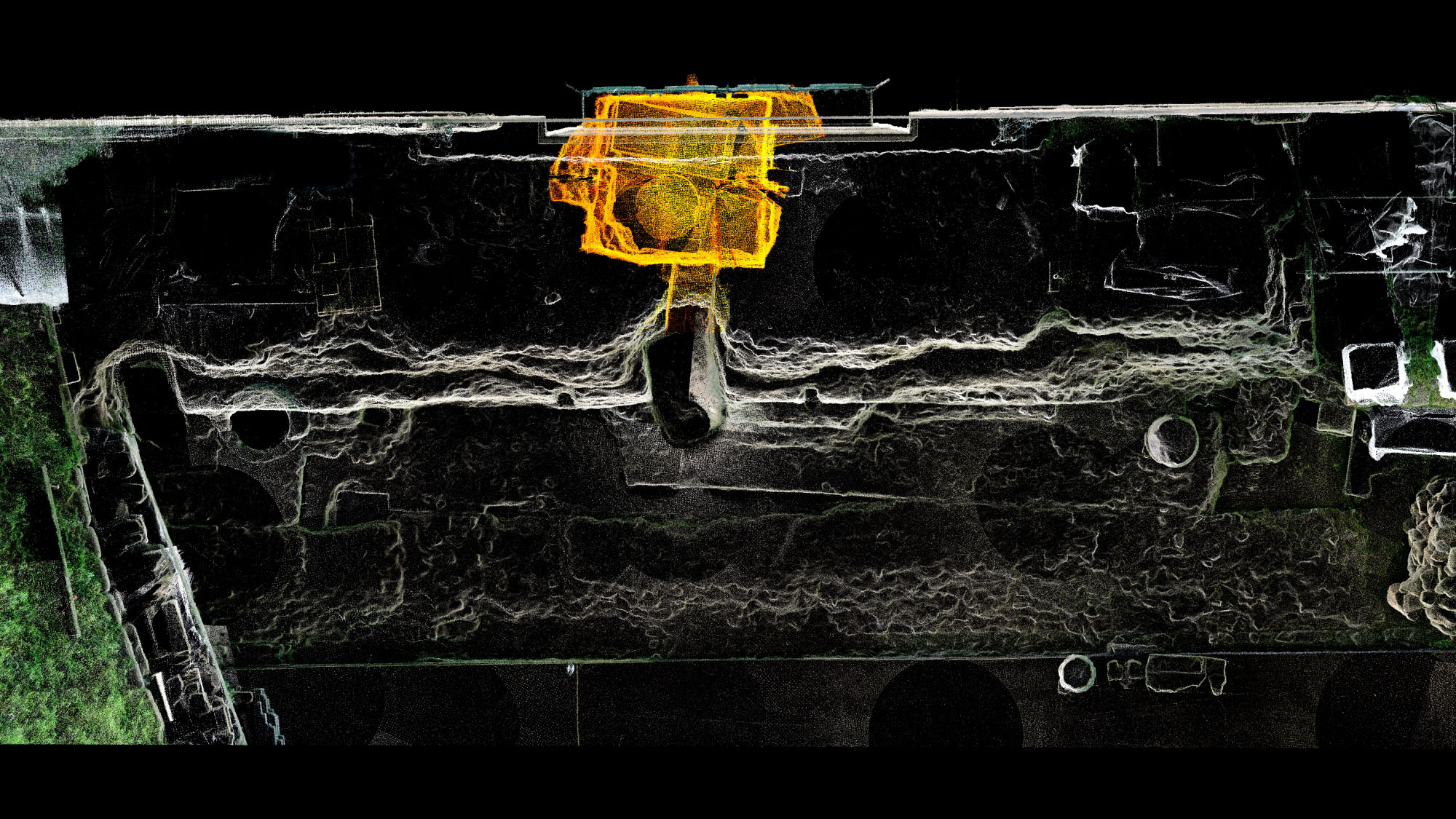
Legendary founder
Romulus was the legendary founder of Rome said to have lived in the eighth century B.C. — but most historians think he did not exist in reality.
According to legend, Romulus and his twin brother Remus were the grandsons of Numitor, the deposed king of the Latin city of Alba Longa — the sons of his daughter, Rhea Silvia, and the war god Mars in human form.
When the new king of Alba Longa ordered the infants Romulus and Remus thrown into the Tiber, the story goes, they were instead abandoned on the river bank; there, they were rescued by a she-wolf, who raised them until they were found by a shepherd.
Related: Family Ties: 8 Truly Dysfunctional Royal Families

In later years, Romulus and Remus restored their grandfather to the throne of Alba Longa and decided to build a new city overlooking the spot where they had been abandoned as infants. But, according to legend, they could not agree on which hill to build it, and Remus was killed by Romulus or his supporters in the argument.
Romulus established Rome on the Palatine Hill and became its first king; in later centuries, it became a republic led by the Senate, and then an empire.
The tomb of Romulus in the Forum became a mystical site for Romans, and it is mentioned by the ancient Roman historian Marcus Terentius Varro, Russo said.
The tomb was discovered in November beneath the steps of the Curia, by archaeologists investigating the work of the Italian archaeologist Giacomo Boni, who excavated the Lapis Niger shrine and the Comitium in the early 20th century, she said.
The underground site has now been documented with 3D laser scans, and the excavations will resume at the end of April, Russo said, when archaeologists will investigate more of the buried area.
- The 25 most mysterious archaeological finds on Earth
- In Photos: The Ancient Roman Baths of Bath, England
- Julius Caesar's Invasion of Britain (Photos)
Originally published on Live Science.
OFFER: Save at least 53% with our latest magazine deal!
With impressive cutaway illustrations that show how things function, and mindblowing photography of the world’s most inspiring spectacles, How It Works represents the pinnacle of engaging, factual fun for a mainstream audience keen to keep up with the latest tech and the most impressive phenomena on the planet and beyond. Written and presented in a style that makes even the most complex subjects interesting and easy to understand, How It Works is enjoyed by readers of all ages.
Tom Metcalfe is a freelance journalist and regular Live Science contributor who is based in London in the United Kingdom. Tom writes mainly about science, space, archaeology, the Earth and the oceans. He has also written for the BBC, NBC News, National Geographic, Scientific American, Air & Space, and many others.



